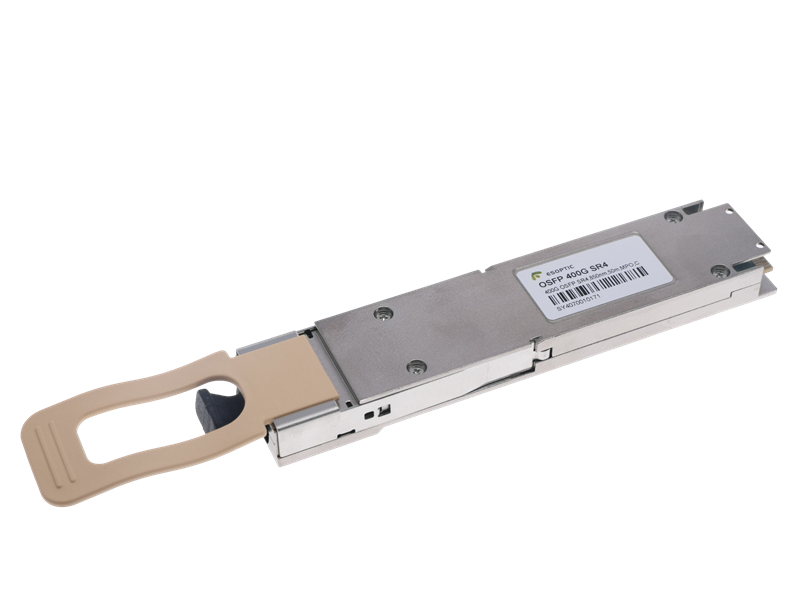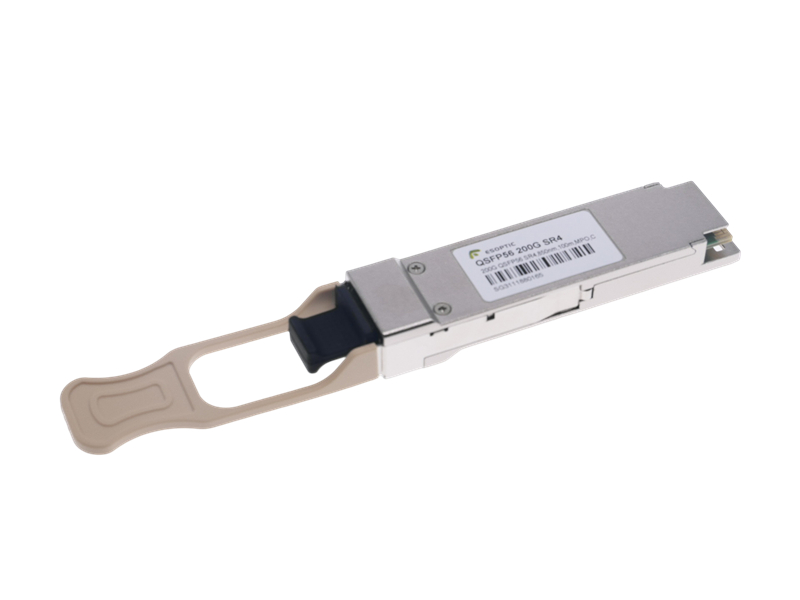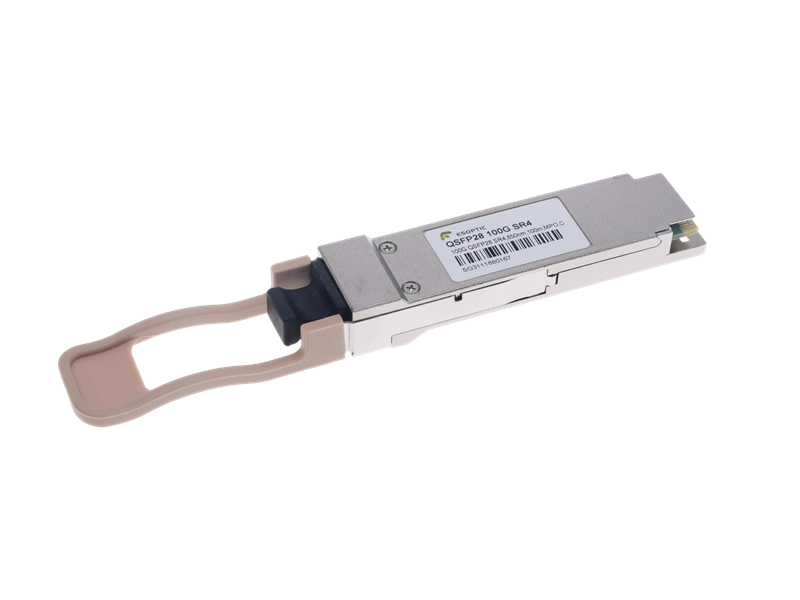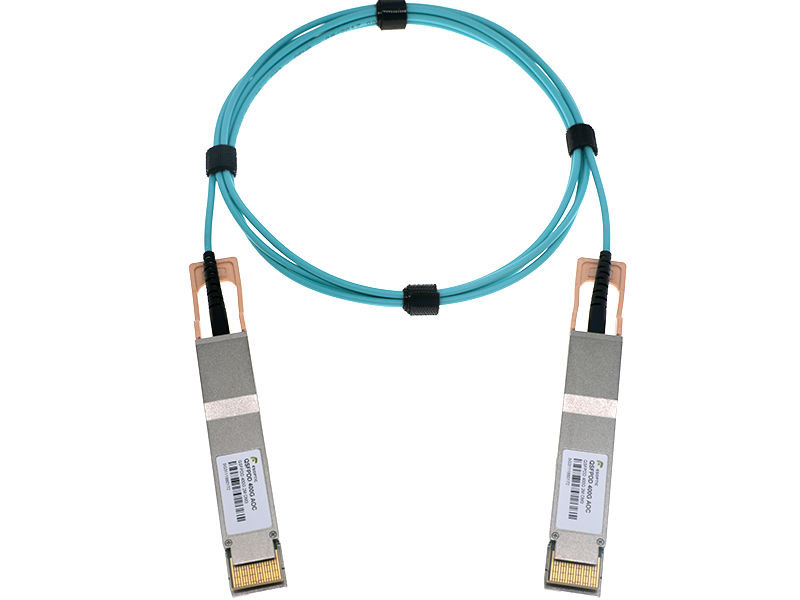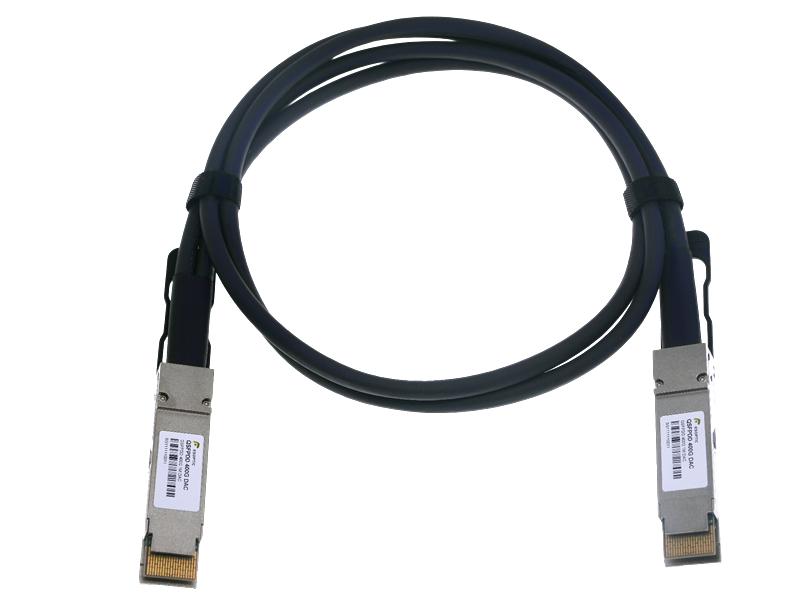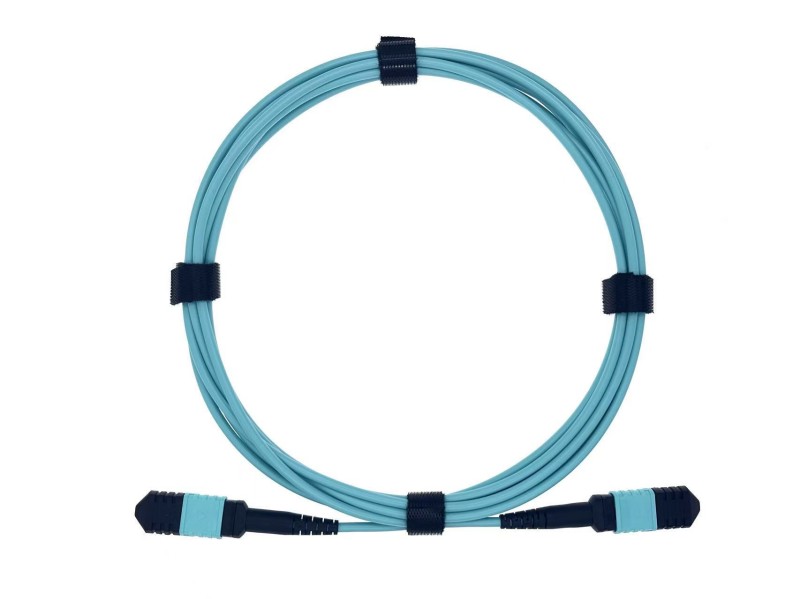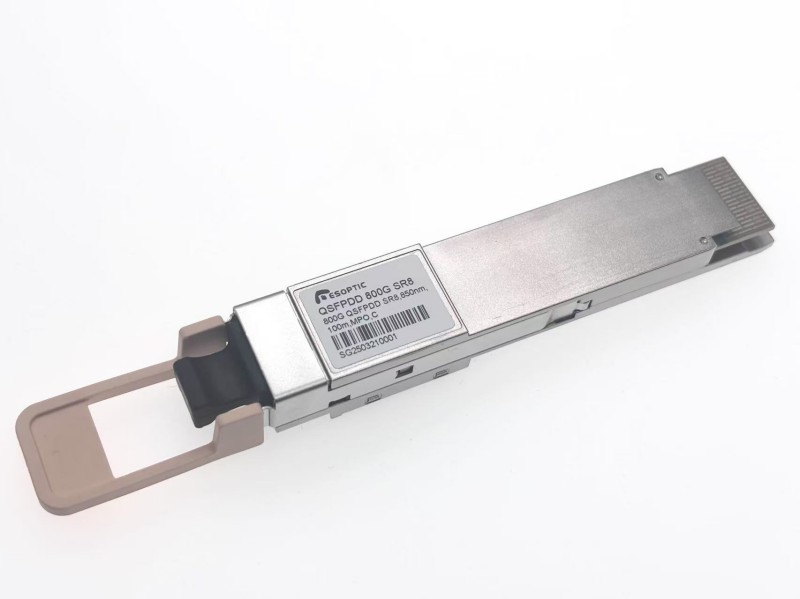As data traffic rapidly grows and switching ASICs move toward 51.2T and even 102.4T capacities, the discussion around Co-packaged Optics (CPO) and traditional optical modules has become impossible to ignore. Both architectures aim to deliver efficient optical interconnects, yet the structural and operational differences between Co-packaged Optics (CPO) and traditional optical modules are reshaping how hyperscale data centers plan future networks. At ESOPTIC, we support customers transitioning through multiple technology generations, so we observe the shift from traditional optical modules to early-stage CPO concepts with great clarity.
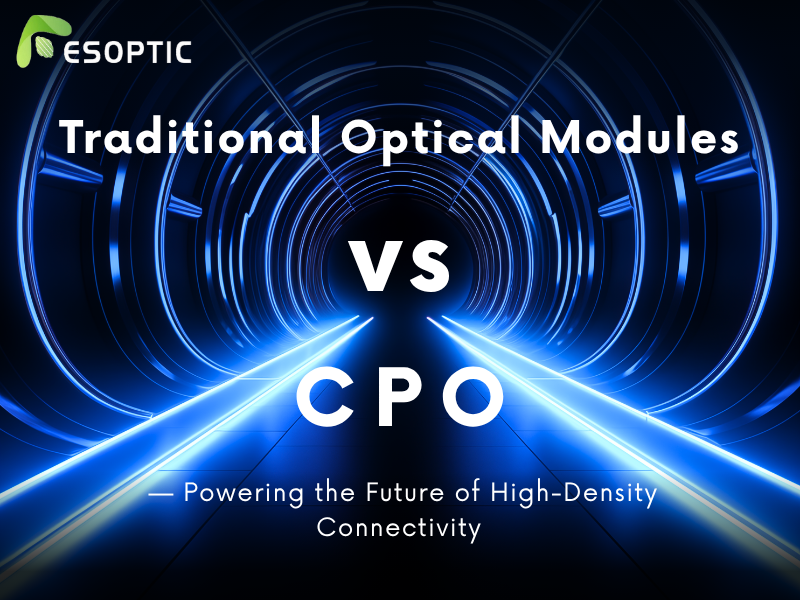
Co-packaged Optics (CPO) represents a radical shift. Instead of relying on long electrical traces between the switching ASIC and pluggable modules, CPO places optical engines directly beside the ASIC. This proximity shortens electrical paths, reduces power loss, and significantly improves signal integrity at extremely high data rates. As industry roadmaps push beyond 200G per lane, CPO becomes an attractive method to control thermal density and maintain link efficiency. However, CPO also brings challenges. Since optics and switching silicon are integrated, field maintenance becomes more complicated, and ecosystem maturity is still limited.
On the other hand, traditional optical modules—including today’s 400G, 800G, and emerging 1.6T pluggables—continue to dominate commercial deployments. The strength of traditional optical modules lies in their modularity: easy replacement, predictable interoperability, and standardized electrical interfaces. Operators can swap a defective unit within minutes, without disrupting the system. This flexibility explains why traditional optical modules remain the preferred option for scalable and cost-efficient networks.
The key difference between Co-packaged Optics (CPO) and traditional optical modules comes down to design philosophy. CPO optimizes for density and power efficiency, ideal for future ultra-large data centers. Traditional optical modules, however, maximize maintainability and operational stability—qualities essential for today’s global cloud infrastructure. ESOPTIC continues to invest in high-performance pluggable products while monitoring CPO developments, ensuring customers can balance long-term evolution with real-world practicality.
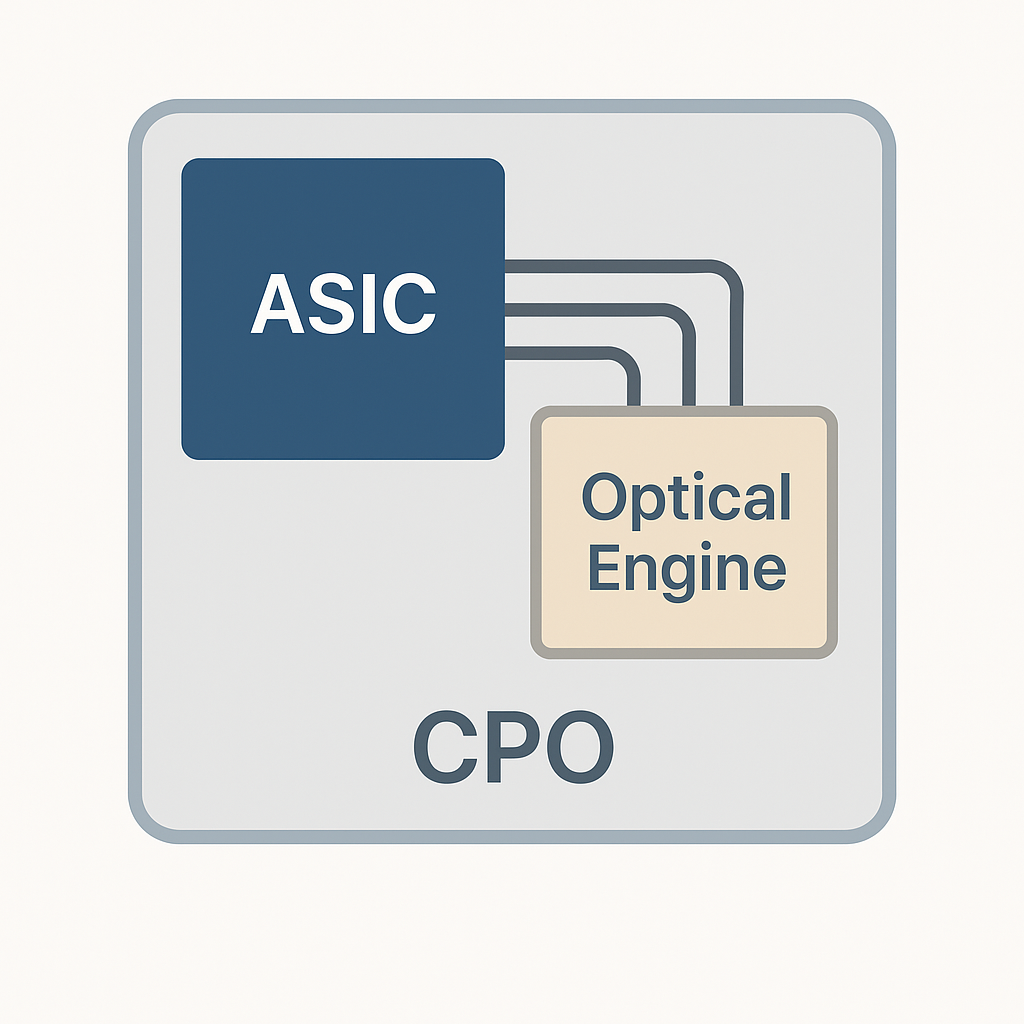
FAQ
1. Why is Co-packaged Optics (CPO) important for next-generation switches?
Because CPO shortens electrical paths and greatly improves power efficiency at extremely high speeds.
2. Are traditional optical modules still suitable for large-scale data centers?
Yes. Traditional optical modules remain the most mature and cost-effective solution.
3. Does CPO make system maintenance harder?
Yes. The integration of optics and ASIC limits field replaceability.
4. Which technology is more cost-effective today?
Traditional optical modules offer lower deployment and operational costs.
5. Does ESOPTIC support both approaches?
ESOPTIC focuses on high-quality pluggable modules while preparing for CPO-compatible future architectures.



